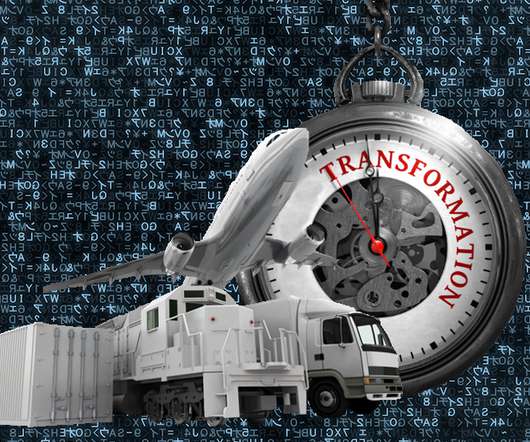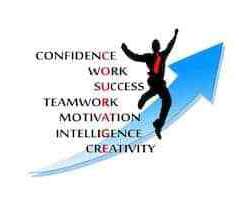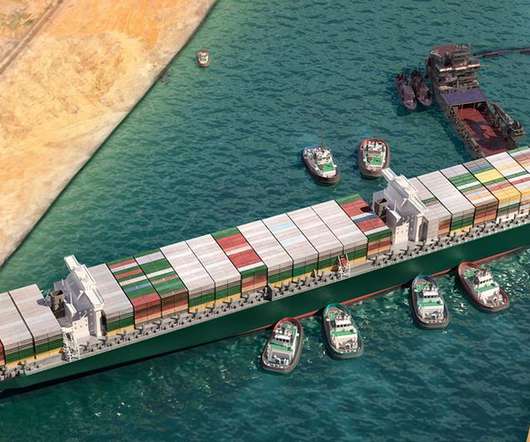ZF’s Transition from Lean to Supply Chain Resilience
Logistics Viewpoints
OCTOBER 31, 2022
ZF has been working with a supply chain solutions provider called SupplyOn since 2001. According to Mr. Sobeck, the SupplyOn solution means that when you need to “register a supplier or to update their information, you only need to do that once instead of several times.” Will the needed parts arrive at their plant on time?

















Let's personalize your content